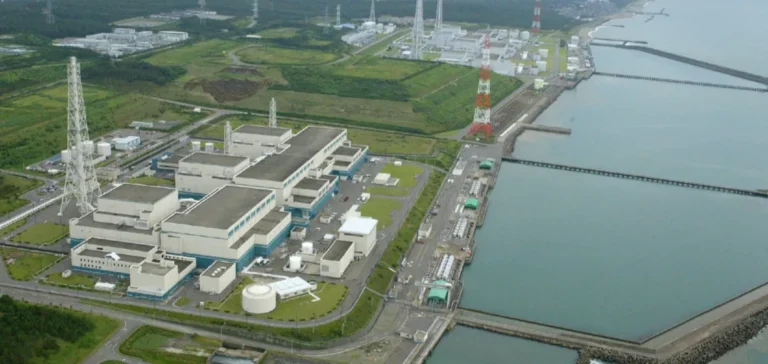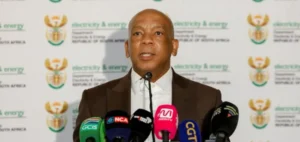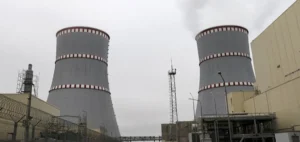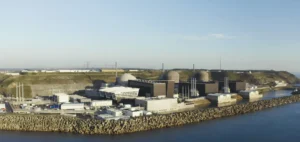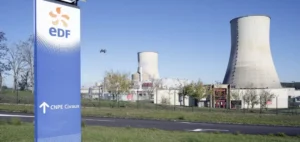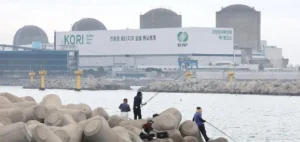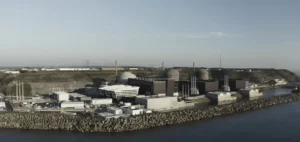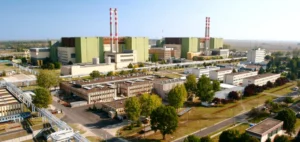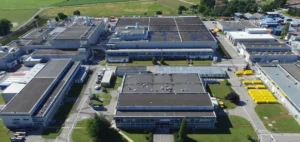The Kashiwazaki-Kariwa nuclear power plant, the world’s most powerful in installed capacity, may soon partially restart after more than a decade offline. Niigata Prefecture Governor Hideyo Hanazumi is expected to announce in the coming days his approval for the reactivation of one of the site’s seven reactors, according to several Japanese media outlets citing sources close to the matter.
This decision would mark a first for Tokyo Electric Power Company Holdings Incorporated (Tepco) since the 2011 Fukushima Daiichi nuclear accident, which led to the complete shutdown of Japan’s nuclear fleet. The planned restart concerns one unit at the Kashiwazaki-Kariwa site, located on Japan’s west coast, which has a total capacity of 8,212 megawatts across seven boiling water reactors.
A gradual restart under close supervision
Although the Nuclear Regulation Authority (NRA) has validated the plant’s technical compliance with post-Fukushima safety standards, Tepco saw its licence restricted in 2021 following major failures in its security systems. These included access control issues and intrusion prevention deficiencies, which led the NRA to impose a full ban on fuel movement at the site.
This operational freeze was lifted in late 2023 after a series of additional inspections, allowing the plant to return to a favourable regulatory status. However, the governor’s approval is only a step forward: Niigata’s prefectural assembly must also vote, and consultations are still ongoing with local authorities and nearby communities.
An economic priority for Tepco and the government
For Tepco, the gradual reactivation of units 6 and 7 represents a major financial opportunity. According to estimates reported in the Japanese press, the restart could generate up to JPY100bn ($656mn) in annual savings by reducing dependence on fossil fuels, mainly liquefied natural gas (LNG), which has been heavily imported since 2011.
Nationally, the Japanese government aims to restore nuclear power to 20–22% of the electricity mix by 2030, compared to less than 10% today. Currently, 14 of the 33 operable reactors have resumed commercial operations, with a combined capacity of approximately 13 gigawatts. The partial reactivation of Kashiwazaki-Kariwa could therefore represent a significant step toward this objective.
Toward a stabilised Japanese energy mix
Japan recently updated its long-term energy targets, incorporating both an expanded nuclear fleet and a growing share of renewables. By 2040, authorities forecast that solar and wind energy will supply between 40 and 50% of national electricity output, while nuclear will continue to play a base-load role to meet growing industrial demand, particularly from data centres and semiconductor production.
The exact timeline for reactivation remains subject to several technical and political factors. Work is still underway to complete required anti-terrorism safety equipment. Meanwhile, local acceptance remains a key issue, especially in a region still marked by the effects of the 2011 accident.


